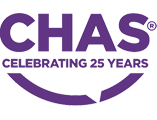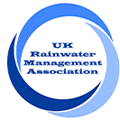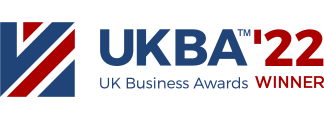Why combine Rainwater Harvesting with Attenuation capacity
23/05/2023
Our water management needs are changing in light of climate change, increased flood risk and frequent combined sewer overflows polluting our rivers and seas. Whilst newer developments are designed with sustainable urban drainage systems as standard (known as SUDs), a more effective way of managing rainwater locally is to combine attenuation capacity with rainwater harvesting to minimise the volume of stormwater entering the combined sewer network.
Rainwater Harvesting is a simple, yet effective way of preventing sewer infrastructure from becoming overwhelmed in the event of heavy rainfall. Rainwater Harvesting Systems also provide a sustainable water supply for commercial and non-commercial properties which reduces reliance on an overstretched supply network. Rainwater is clean, clear, and safe when it lands on a roof area meaning the requirement for large, complex filtration technologies is eliminated.

Attenuation capacity often sits empty waiting for the next incoming storm. Combined rainwater harvesting and attenuation systems are designed to make more efficient use of the otherwise underutilised storage capacity by using the capacity as storage for the rainwater harvesting system. Combined systems separate attenuation storage into two; one is used for rainfall directly from the roof area, and the second collects from other surface water inlets, such as car parks, hard standing areas, and walkways. Smart weather prediction software ensures 100% of attenuation capacity is always available.
Stormsaver have been collaborating with our partners at StormHarvester for a number of years to provide an Active Attenuation System which combines the benefits of rainwater harvesting and attenuation. StormHarvester’s weather prediction technology communicates with the Met Office every seven minutes to ensure there is enough on-site attenuation capacity to handle an incoming storm. When the system detects an incoming storm, an automatic discharge valve operates to ensure stormwater is managed locally.
Operation of the discharge valve is minimised due to the water being reused within the building as a sustainable water supply for non-potable usage. Active Attenuation can be combined with attenuation tanks, crates, and even blue-green roof systems to provide a sustainable method of managing water.
Learn more about Active Attenuation here or contact our team today.

My role as a Water Reuse Specialist means I get to keep up to date with all things water conservation. My favourite water saving tip is to turn taps off when brushing your teeth! I think rainwater harvesting and the water reuse industry is exciting, and I love sharing updates with our customers. View Matt’s Stormsaver profile here.
Terms & Privacy Policy Cookie Policy Site Map
Copyright © 2024 Stormsaver Ltd. All Rights Reserved.





